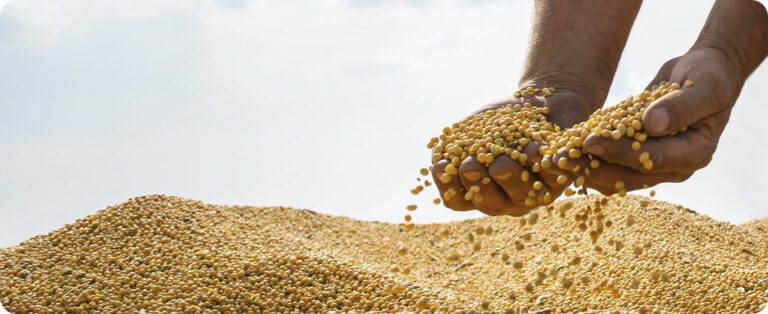Financial institutions consulted by the Central Bank (BC) reduced their inflation estimate this year, for the sixth time in a row. This time, the projection for the Broad National Consumer Price Index (IPCA – the country's official inflation – fell from 3.40% to 3.25%. The information is contained in the Focus bulletin, a weekly survey by the BC, which brings institutions' projections for the main economic indicators.
For 2021, the inflation estimate remains at 3.75%. The forecast for the following years also did not change: 3.50% in 2022 and 2023.
The projection for 2020 is below the center of the inflation target that should be pursued by the BC. The target, set by the National Monetary Council, is 4% in 2020. For 2021, the target is 3.75% and for 2022, 3.50%. The tolerance interval for each year is 1.5 percentage points up or down, that is, in 2020, for example, the minimum limit of the inflation target is 2.5% and the maximum, 5.5%.
Selic
To achieve the inflation target, the Central Bank uses the basic interest rate, the Selic, as its main instrument, currently at 4.25% per year. Last week, the Monetary Policy Committee (Copom) reduced the Selic, for the fifth time in a row, with a cut of 0.25 percentage points. For the financial market, Selic should be maintained at its current level until the end of the year. In 2021, the expectation is for an increase in the base rate, ending the period at 6% per year. For the end of 2022 and 2023, the forecast is 6.5% per year.
When Copom reduces the Selic, the tendency is for credit to become cheaper, encouraging production and consumption, reducing inflation control and stimulating economic activity.
When Copom increases the basic interest rate, the objective is to contain heated demand, and this has an impact on prices because higher interest rates make credit more expensive and encourage savings. The maintenance of the Selic indicates that the Copom considers the previous changes sufficient to reach the inflation target.
Economic activity
The projection for the expansion of the Gross Domestic Product (GDP) – the sum of all goods and services produced in the country – was maintained at 2.30% in 2020. The estimates of financial institutions for the following years – 2021, 2022 and 2023 – remain 2,50%.
The financial market forecast for the dollar exchange rate is R$ 4.10 for the end of this year and rose from R$ 4.05 to R$ 4.10 at the end of 2021.
Source: Notícias Agrícolas












